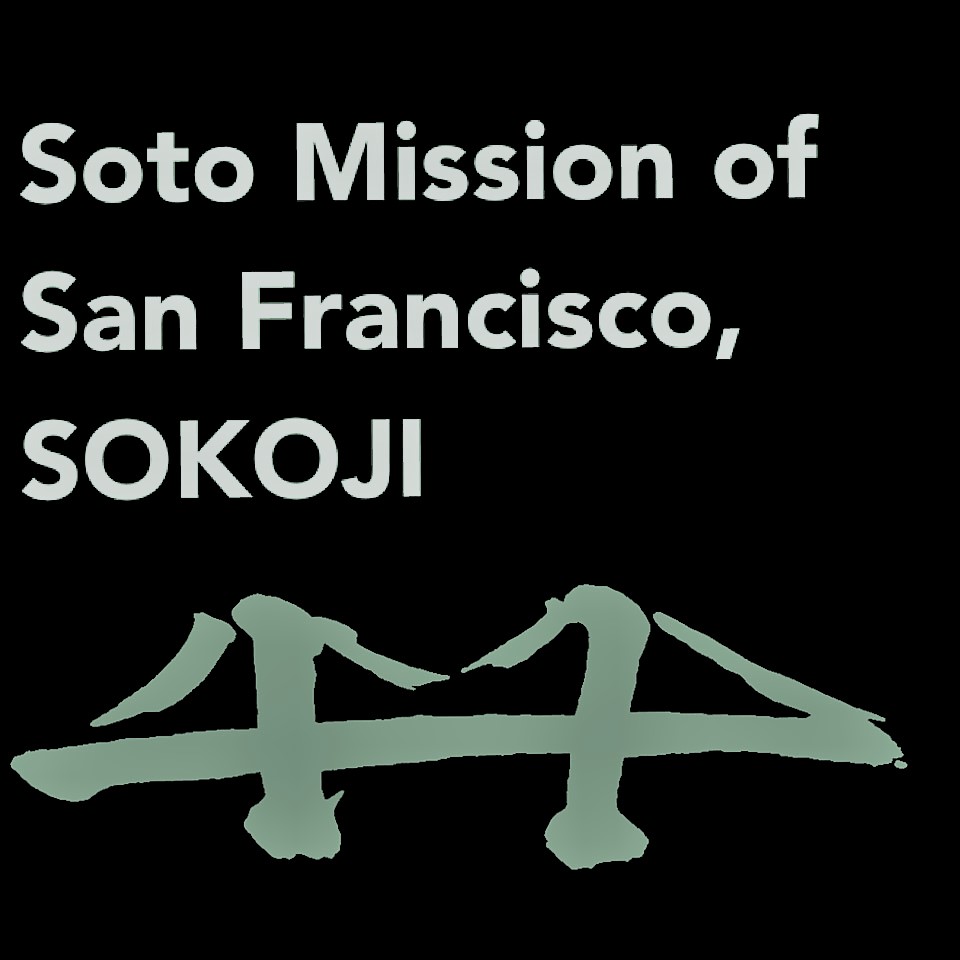About us
Soto mission of san francisco - Sokoji
With the purchase of a Jewish synagogue at 1881 Bush Street through the efforts of Reverend Hosen Isobe and Japanese American volunteers, Soto Mission of San Francisco, Sokoji, was founded and dedicated on December 8, 1934 (the date of the Jodoe - Buddha's attaining enlightenment). In 1942 Sokoji closed its doors due to World War II, but managed to continue making payments towards the purchase of the building by congregation members while being interned at various U.S. relocation camps. After World War II in 1948, the Temple re-opened for services by Reverend Rien Takahashi. Once again through the strong support from congregation members, Sokoji was relocated to its current location at 1691 Laguna Street in 1984 after four years of construction. The temple reflects a Japanese architectural style, both in the interior and the exterior. Sokoji has continued to be a place for not only the Japanese American community but for all people of different backgrounds to practice their Soto Zen beliefs and Zazen (Zen meditation).
MESSAGE FROM REV. KOSHI KUROTAKI
Name: Rev. Koshi Kurotaki (黒瀧康之)
Hometown: Hirosaki City, Aomori prefecture (青森県弘前市)
Sokoji’s Open Door Policy
At the entrance gate of Eihei-ji Temple in Fukui Prefecture Japan, there is a sign that states: “Please feel free to enter. There is no chain or key to our gate.”
Many temples in Japan have a similar open door policy where guests are free to enter at any time. It allows a casual or curious guest make an unannounced visit to a temple feel welcome where they are often treated to a cup of tea or an informal chat with the resident priest. Guests also visit temples to seek advice or to simply share an experience, and often bear gifts from their travels.
This is the way in which my home temple has warmly received guests so when I arrived at Sokoji, it was a big culture shock for me to see that the front door to the temple not only remained locked throughout the day, but was also alarmed with a security system and camera. I now understand that the door needs to remain locked for security reasons, but I also know that it does not mean that we cannot open our mind and heart to welcome people to the temple. Thus when we have these feelings, our gate remains open at any time similar to the temples of Japan.
There is a saying born from the teaching of Japanese tea ceremony called “ichi-go ichi-e”. It has often been translated to mean a once in a lifetime chance in English. It also means that we should not neglect or ignore anything that happens in our lives, and that we should do our best to cherish each and every moment as we will never be able to repeat it again. This is also one of the most important aspects of Zen training.
So when you find yourself near our temple, please do not hesitate to ring the bell and have a cup of tea with a casual chat of “ichi-go ichi-e”.
The door is always open.
鎖鑰放閑(さやくほうかん)さもあらばあれ善財(ぜんざい)の一歩を進め来るに
これは曹洞宗の大本山である永平寺の山門に掛かっている言葉であり、「鎖鑰放閑」とはこの門に鍵も鎖もない、と言う意味で「善財」は善財童子という名の、本当の教えを求めて旅をした人を指します。つまり「真の修行を求める志を持つ者は、どうぞ自由に入って修行しなさい」という意味になります。
日本にはこの様に常に門が開かられているお寺が多く、修行を求めるとまではいかなくても、お客さんがいつでも立ち寄れるようになっています。
「あ、和尚さんこんにちは。近くに来たもので」と気軽に立ち寄って世間話にお茶を一杯。時には日ごろの悩みを住職に打ち明けたり、相談したり、お土産と土産話を持って訪れたり。 私の実家のお寺でよく目にした光景です。
私がここ桑港寺に赴任して最初に感じたカルチャーショックは出入り口でした。厳重なオートロックとセキュリティシステム、そして監視カメラ。その鎖鑰放閑とは程遠いお寺の作りは、決して治安がいいとは言えないここサンフランシスコでは無くてはならないものなのでしょう。
ただ、鎖鑰放閑とはもちろん、実際の鍵や鎖の有無だけを指す言葉では無いでしょう。いつでも門を開け放ってるような気持ちで、来る人を拒まず、受け入れて、歓迎する気持ち。これさえしっかり持っていればこのお寺は鎖鑰放閑と言えるのではないでしょうか。
「一期一会」という言葉はご存知だと思いますが、実はこれは元々茶道から生まれた言葉で、「たとえいつもの茶会だとしても、全く同じということは一生に二度とないから、何事もおろそかにせず丹精に尽くしましょう」という意味があります。
何よりも「今」を大事にするというのは禅の修業の中でも最も重要なことの一つです。
どうぞお寺の近くに訪れた際は、鍵が掛かってるからと踵を返す事はせず、チャイムを鳴らしてみてください。
世間話をしつつ、一期一会のお茶を一杯どうぞ。



